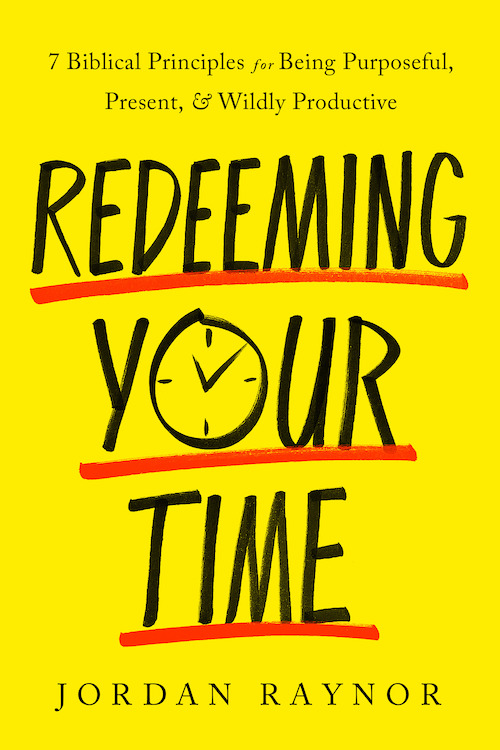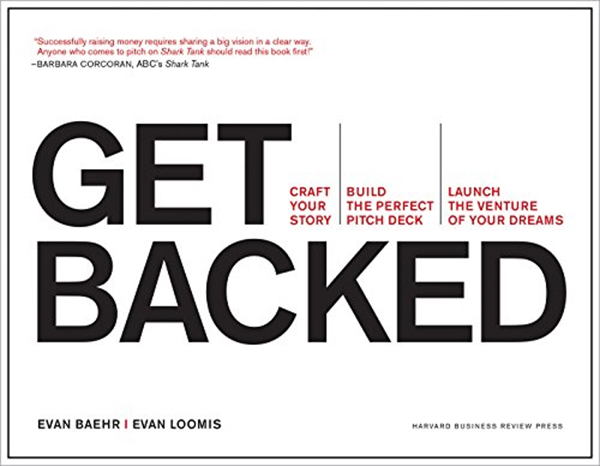Top Articles of 2022
So far in 2022, I’ve written 61 articles here at ClearPurpose. Since launching the publication in 2020 I’ve written approximately 300 articles in total. It’s always interesting to me to see which stories are most popular with you, our readers. You may also be interested to see which of our stories are most popular to see if you’ve missed anything throughout the year.
Here are the 10 stories that were most viewed by readers in 2022. Four were written this year, two are from 2021, and the remaining four are from 2020. These are listed in order of popularity starting with the most viewed:
- What is Strategy? (2022)
- Making Strategy from Scratch (2022)
- What is a Business Operating System? (2022)
- Book Brief: HBR’s 10 Must Reads on Strategy (2020)
- Book Brief: The Discipline of Market Leaders (2020)
- The Diamond-and-Square Framework (2021)
- The Customer Network Strategy Generator (2021)
- Scenario Analysis (2022)
- Book Brief: Competing in the Age of AI (2020)
- Competitive Strategy (2020)
As a bonus, here are 10 articles from this year that I think should’ve been more popular than they were, based on the articles that many of you liked:
- What is Your Vision? (February)
- How to Sell More (October)
- How Can You Effectively Communicate? (April)
- What is Company Culture? (April)
- What is Marketing? (September)
- Book Brief: The Unicorn Within (October)
- Book Brief: Scaling Up (November)
- Book Brief: The Advantage (May)
- Book Brief: Traction (January)
- “How Do I Involve God in My Business?” (November)
May you have a blessed 2023 and may my articles continue to serve you well. Let me know if there’s anyway I can help you or your business.
Top Articles of 2022 Read More »





